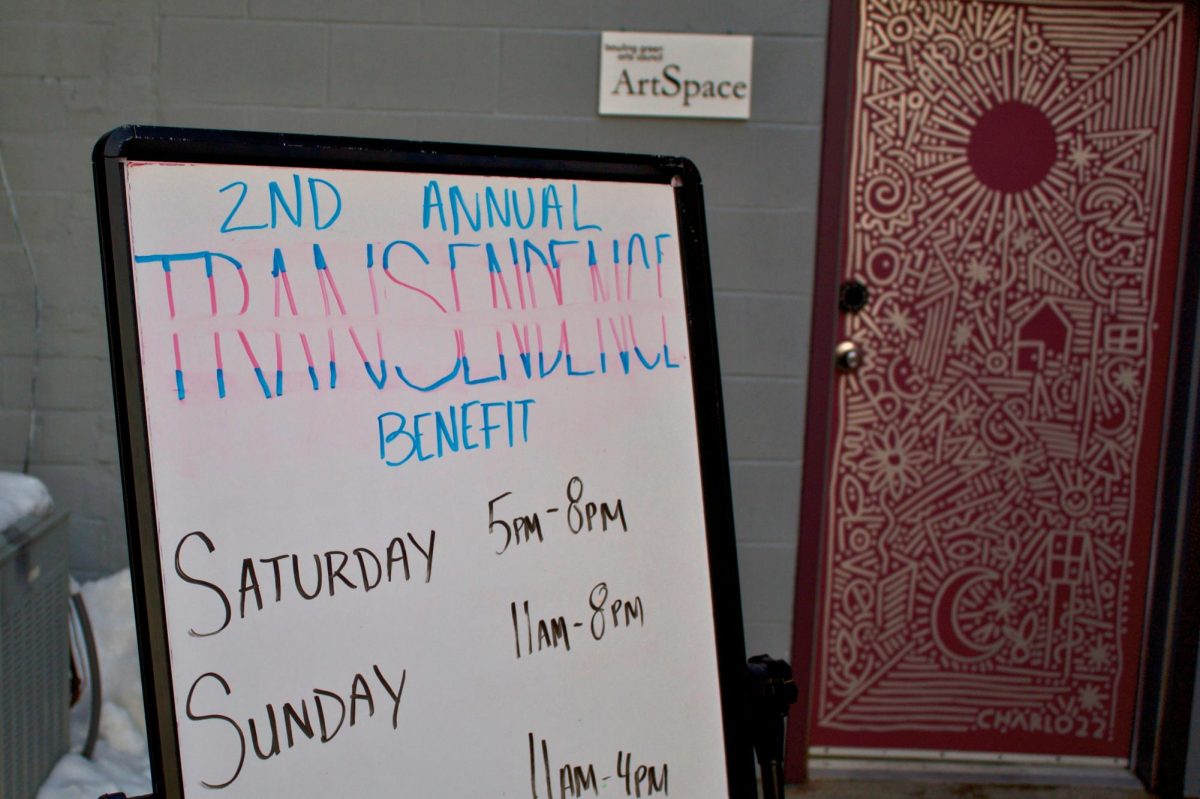Tensions between the faculty and administrators that began last year continued into this semester at the first Faculty Senate Meeting on Tuesday afternoon.
Administrators and senators clashed on the two resolutions brought before the senate; one concerning faculty senate staffing and one concerning the location of the Office of Equity and Diversity.
Both resolutions ultimately passed, but the latter by a more narrow margin, said Elizabeth Wood, secretary to the senate.
The first resolution urges administrators to work with the Faculty Senate Executive Committee to reach an agreement on the “acceptable” level of administrative and clerical staffing for the Faculty Senate.
The resolution referenced the Collective Bargaining Agreement, which states that access to adequate administrative and clerical support are necessary for the senate to function.
Faculty Senate staffing has been reduced from a full-time member staff to staffing shared among three governing bodies: Faculty Senate, Graduate Student Senate and Undergraduate Student Government. The result is a 77.5 percent reduction in classified staff support to 22.5 percent, according to the resolution.
Benchmarks of peer Ohio institutions that are unionized found that faculty senates generally maintain a full-time or 75 percent administrative support, according to the resolution. Kent State University and Akron University in particular both have 100 percent support.
The second resolution was against placing the Office of Equity and Diversity in the same building as the president and the provost. Both are currently located in McFall Center.
The office monitors to University’s compliance with federal and state equal opportunities and nondiscrimination laws and regulations.
“[This] discourages complaints and creates an atmosphere that could be construed as surveillance,” according to the resolution.
But Barbara Waddell, chief equity and diversity officer in the OED, voiced her opposition to the resolution.
“We’ve had nothing but overwhelming support,” Waddell said of her interactions with people concerning the office’s location. “Students in particular are very comfortable coming to that space.
OED is located on the first floor of McFall, Waddell said, while University President Mary Ellen Mazey’s office is on the third floor.
“Any concerns that we might have had have gone away,” Waddell said. “OED has to get settled and it has to be settled in one place.”
The resolutions will now reach Mazey’s office, with a possible transmittal to the Board of Trustees.
The senate also elected Joel O’Dorisio, instructor in the Chapman Learning Community, as the new senate vice chair following the resignation of Julie Haught. Haught resigned due to concerns with the reduction of the senate staffing, according to a letter she wrote to the Senate Executive Committee.
“It is with great regret that we are in the position of accepting her resignation,” said Sheri Wells-Jensen, senate chair and associate professor in the English Department.
O’Dorisio echoed this sentiment, but said he looks forward to the senate being a “strong functioning body.”
“Being a part of the Faculty Senate has been an honor,” he said. “I’d like to be here … as a representative of all the faculty at the University.”
Other topics of note
The University budget saw a $2.5 million shortfall this year, Mazey said. A further $6-7 million shortfall is projected for next year due to a decrease in funding from the State Share of Instruction, the formula used to distribute the bulk of state money provided to Ohio’s public universities, she said.
“That’s made a major, major difference in our budget,” she said.
Rodney Rogers, provost and senior vice president of academic affairs, announced the official numbers of faculty reductions.
The faculty has been reduced by 69 since last September, Rogers said, and part time adjuncts have been reduced by 39.
“The vast majority of our reductions were from retirements and resignations,” Rogers said, without providing official numbers.
The University has also improved its rankings in the U.S. News and World Report’s top colleges in the nation. The University moved from 184 to 181 for all universities since last year, Mazey said. It moved from 104 to 102 for public universities.
“I hope next year we can say we’re in the top 100,” she said.













